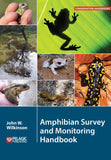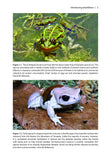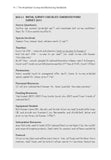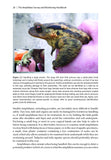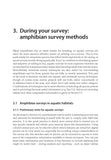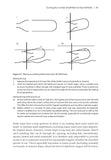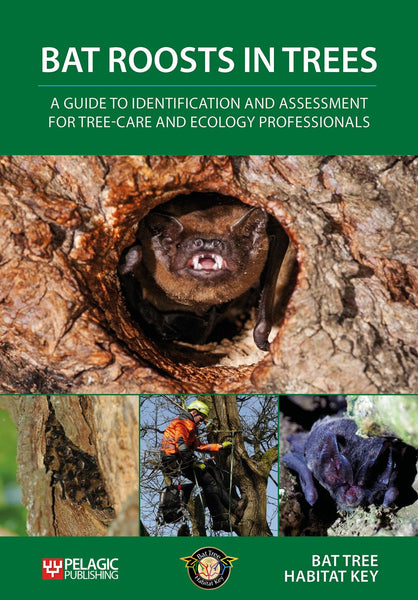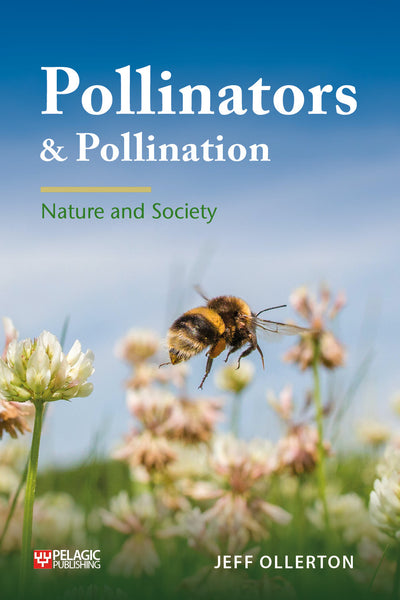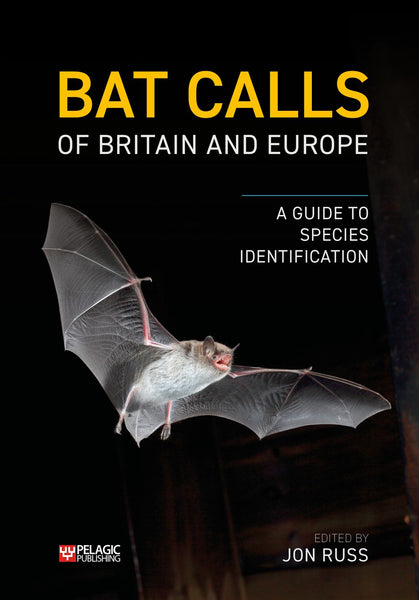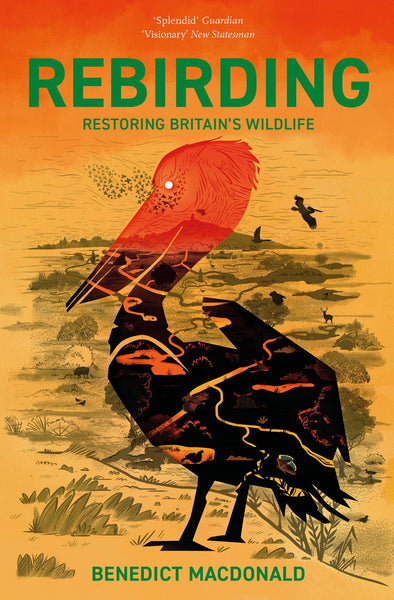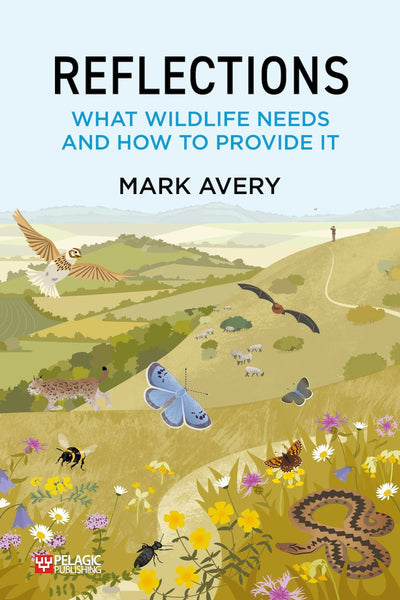
Amphibian Survey and Monitoring Handbook
- Covers the full range of survey techniques
- Details how to present your results to best effect
- Written by an amphibian biodiversity specialist with years of practical experience
- As I read Wilkinson’s book I was struck by two things: 1) Wilkinson is a first-rate writer and 2) his considerable experience surveying amphibians in the United Kingdom is conveyed throughout the entire text.
—John G. Palis, Bulletin of the Chicago Herpetological Society
- amphibians
- conservation
- ecology
- field manual
- herpetofauna
- herpetology
- monitoring
- survey
Description
"Evidence bases for conservation are becoming increasingly important to convince landowners and politicians of the need to take action in defence of species and habitats all around the world. A valuable feature of this book is its emphasis on collecting and analysing such essential information." Trevor Beebee, Phyllomedusa
Amphibians are among the most globally endangered groups of vertebrates with more than one-third of species being assessed as declining or threatened. Often, amphibian declines can be attributed to a suite of interacting factors, many of which are human in origin, but further information is needed to elaborate the key causes and to discover ways of reversing declines.
Robust surveys provide vital ecological and biological data on amphibian populations, and underpin the decisions made to protect species and reverse their declines. Ongoing monitoring informs land managers and decision makers about whether they are taking the right action. This book is designed to help you carry out amphibian surveying and monitoring so that the results of your surveys can be used effectively.
Part 1 introduces amphibians: order Anura (frogs and toads); Caudata (newts and salamanders); and order Gymnophonia (caecilians).
Part 2 is essential reading before you start surveying. It introduces the different types of survey and monitoring programmes and discusses survey aims and resources. It contains chapters on collecting and handling survey data; survey permissions and licencing; health and safety, and biosecurity; and handling amphibians.
Part 3 discusses everything you need to know during your survey, and provides a detailed look at amphibian survey methods.
Part 4 covers presenting and using your survey’s data to best effect.
A useful resources section is also provided, with example survey forms and details of additional information resources that will optimize the impacts of your surveys.
Key amphibian survey techniques are discussed with reference to published examples of successful surveys – so you’ll be able to choose what’s right for your situation. Tips on optimizing your survey effort and handling amphibians in the field are also included. Whether carrying out a student expedition project or seeking information to support the management of a protected area, this book contains essential advice from an amphibian ecologist who has encountered the same sorts of decisions you’ll face when planning your surveys.
Readership
Biologists, ecologists, conservationists, policy-makers, ecological and environmental consultantsTable of Contents
1 Introducing amphibians
1.1 Amphibian diversity
1.2 Order Anura (frogs and toads)
1.3 Order Caudata (newts and salamanders)
1.4 Order Gymnophonia (caecilians)
2 Before you start surveying
2.1 Types of survey
2.2 Survey and monitoring programmes
2.3 Survey aims and resources
2.4 Collecting survey data
2.5 Survey permissions and licences
2.6 Health and safety, and biosecurity
2.7 Handling amphibians
3 During your survey: amphibian survey methods
3.1 Amphibian surveys in aquatic habitats
3.2 Amphibian surveys in terrestrial habitats
3.3 What other data should you collect?
4 After your survey
4.1 Arranging your data for analysis
4.2 Setting out your survey report
4.3 Who needs to see your data and read your report?
4.4 Taking amphibian studies further
5 Resources to help you
5.1 Example survey forms
5.3 Guides to amphibian identification and ecology
5.4 Other useful textbooks
5.5 Equipment suppliers
5.6 Amphibian study and conservation organizations and societies
References
Glossary
Index
Reviews
- Evidence bases for conservation are becoming increasingly important to convince landowners and politicians of the need to take action in defence of species and habitats all around the world. A valuable feature of this book is its emphasis on collecting and analysing such essential information. —Trevor Beebee, Pyllomedusa
- As I read Wilkinson’s book I was struck by two things: 1) Wilkinson is a first-rate writer and 2) his considerable experience surveying amphibians in the United Kingdom is conveyed throughout the entire text. This is obviously a man who has spent a lot of time planning, conducting, and summarizing the results of amphibian surveys. —John G. Palis, Bulletin of the Chicago Herpetological Society
- In my darker moments, I wonder if there is still a role for books in the modern screen-obsessed world. Then one comes across a book like this, where an expert with a lifetime’s experience provides a guide to everything that someone aiming to carry out amphibian survey and monitoring needs to think about. Splendid. —Alan Crowden, BES Bulletin
About the Author
John W. Wilkinson is an amphibian biodiversity specialist, lecturer and writer who has spent most of the last twenty years carrying out, organizing or writing about amphibian (and sometimes reptile) surveying, and trying to find ways the information generated can aid in the fight against amphibian declines. He currently works for the UK charity Amphibian and Reptile Conservation and lives in Dawley, Shropshire, near a toad pond.
Bibliographic Information
 140 pages
140 pages - Colour figures and photographs
- Tables
- BISAC NAT028000, SCI020000, SCI088000, NAT010000
- BIC PSVW3, RNKH, WNCK, PSVS, PS






